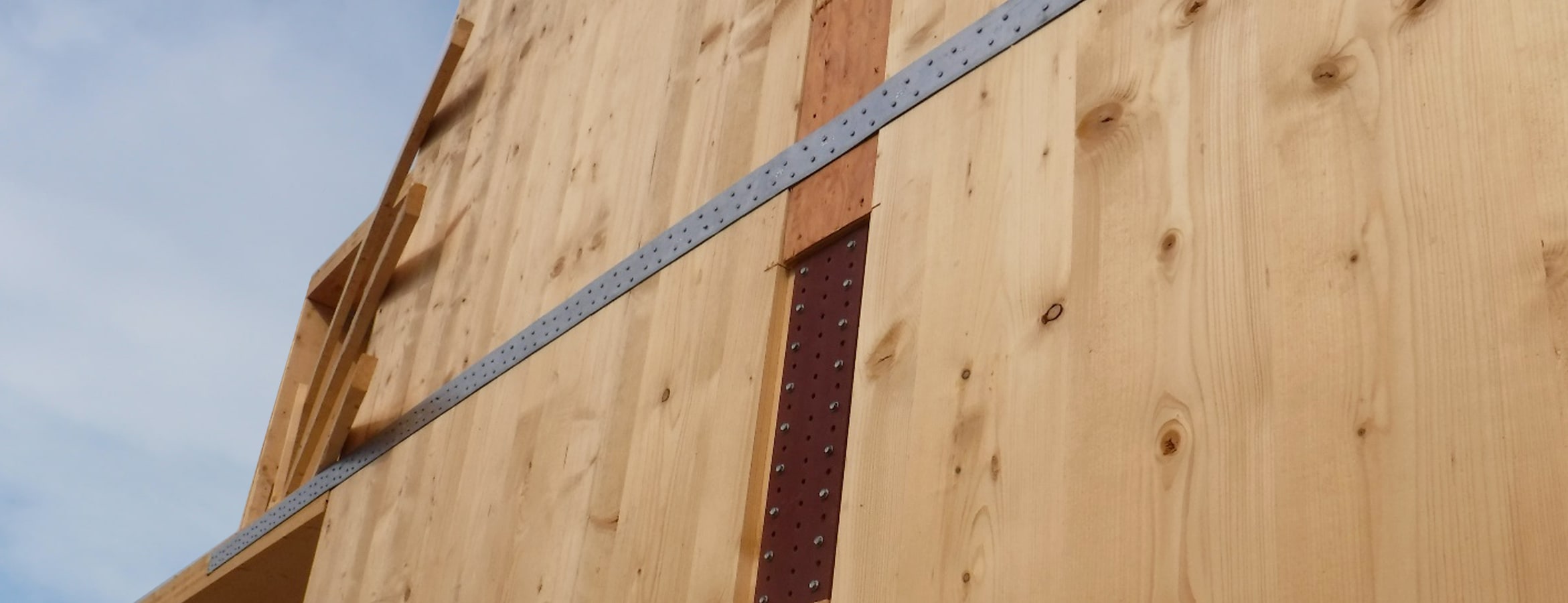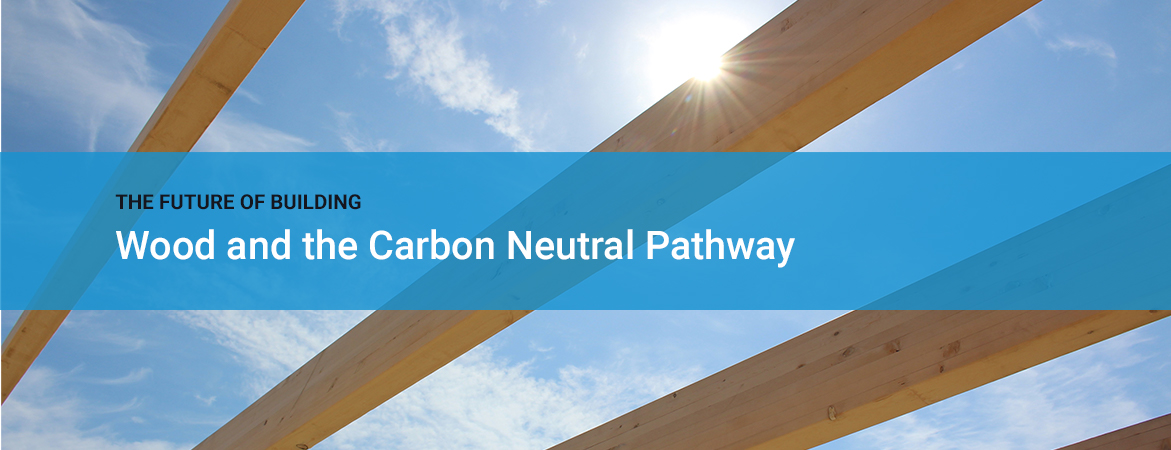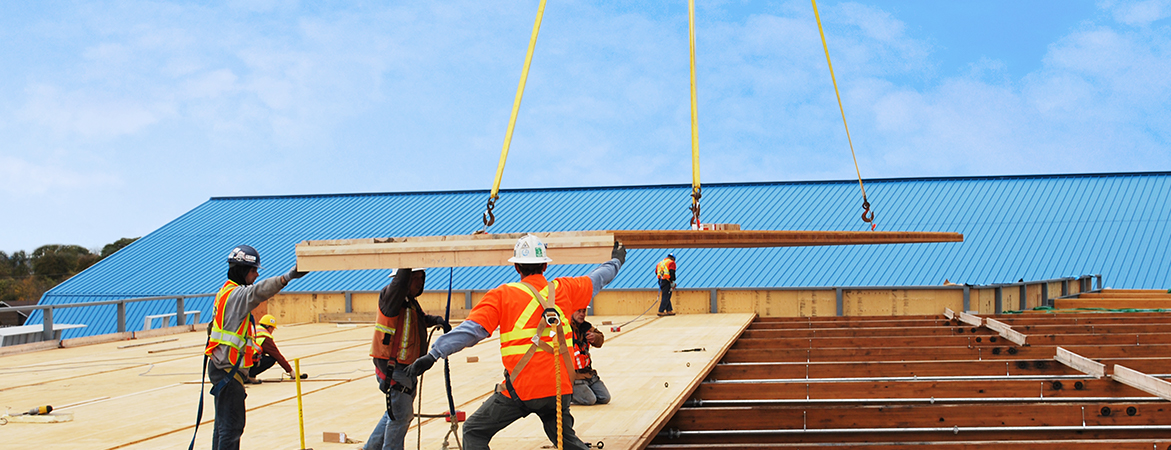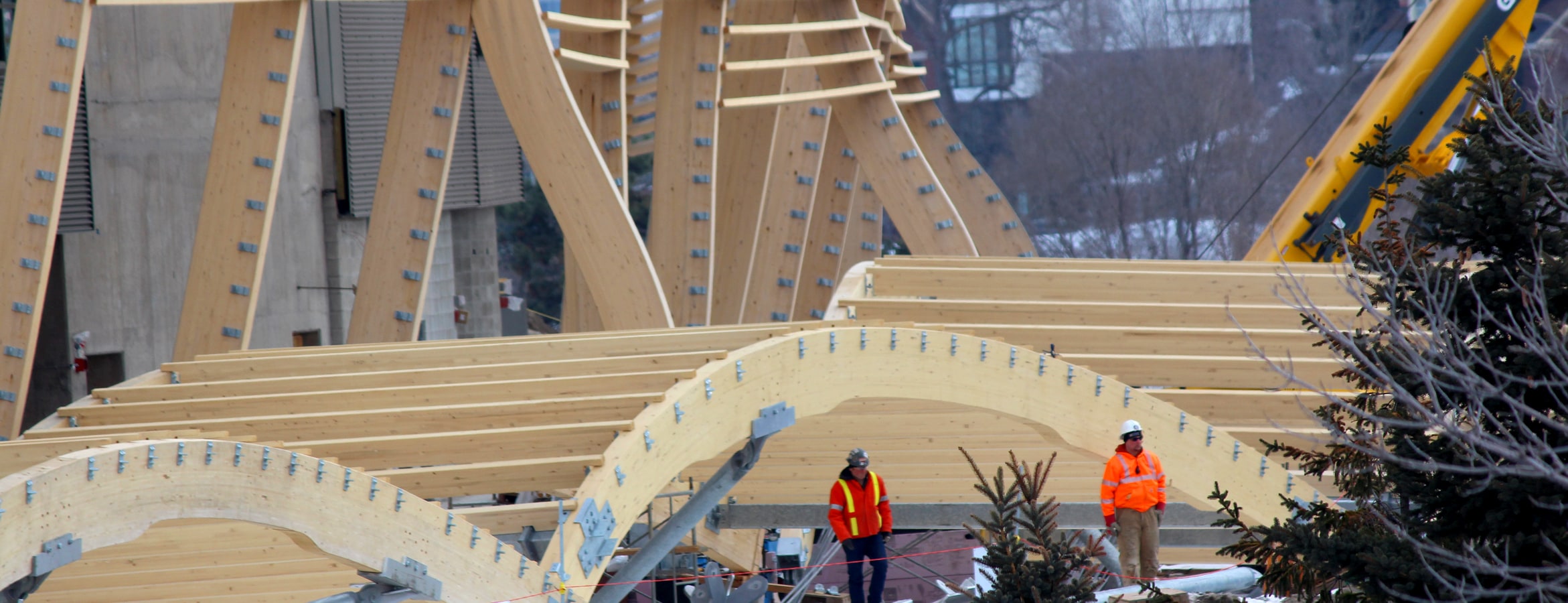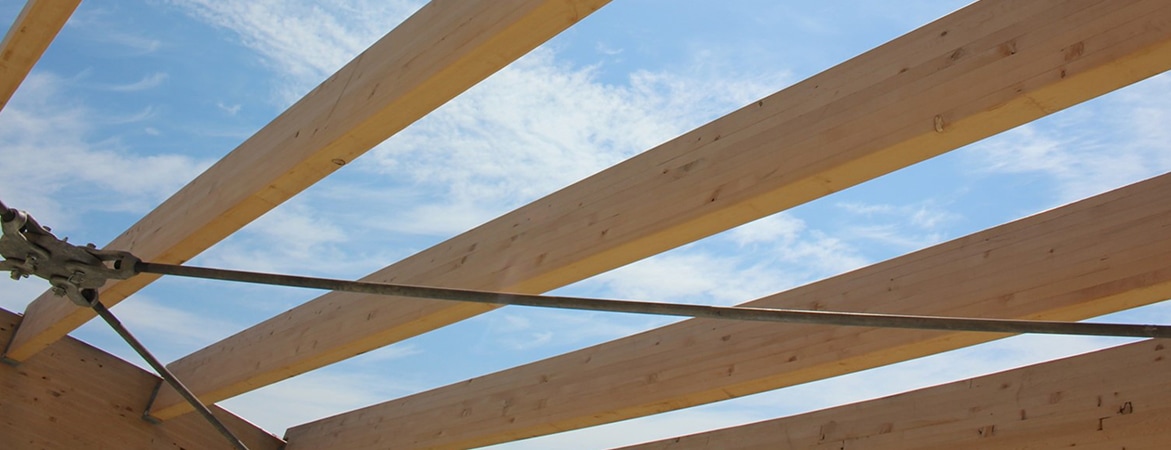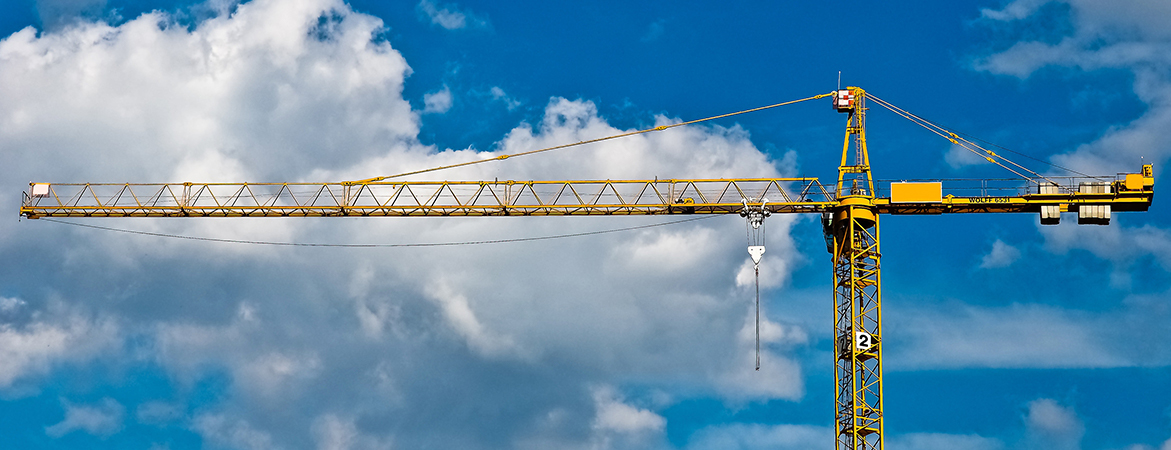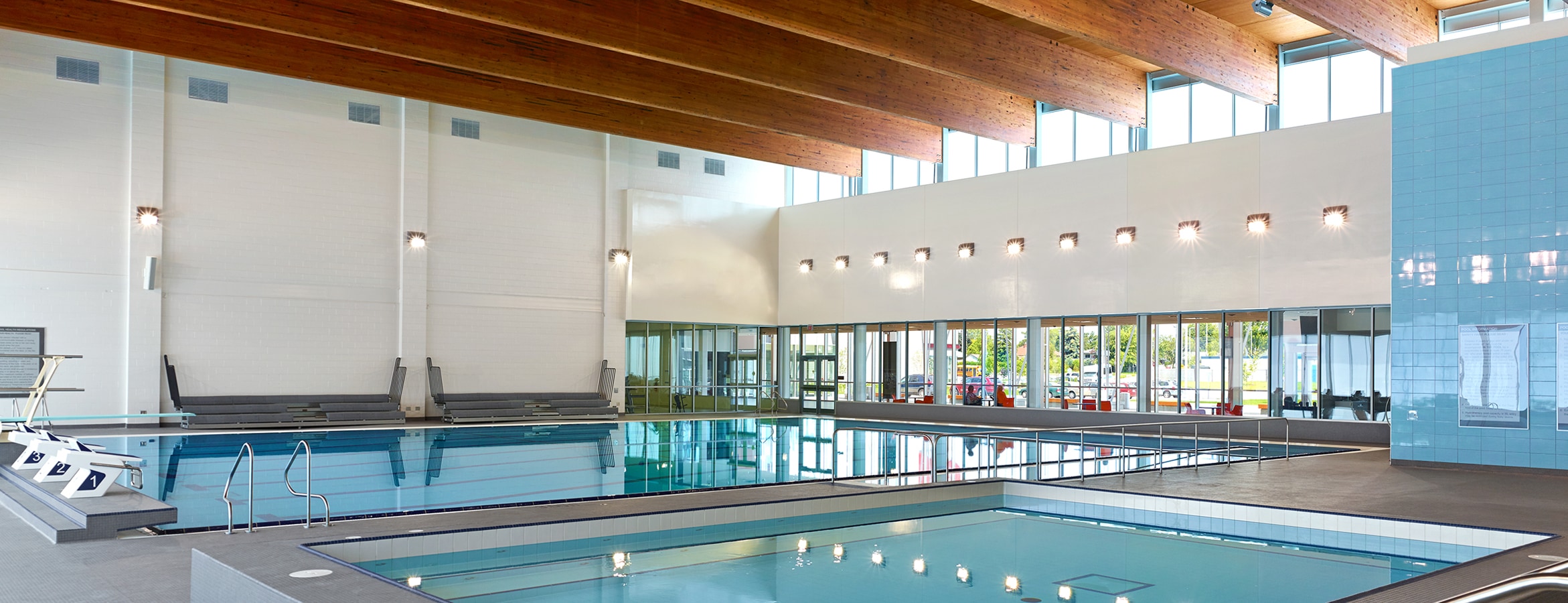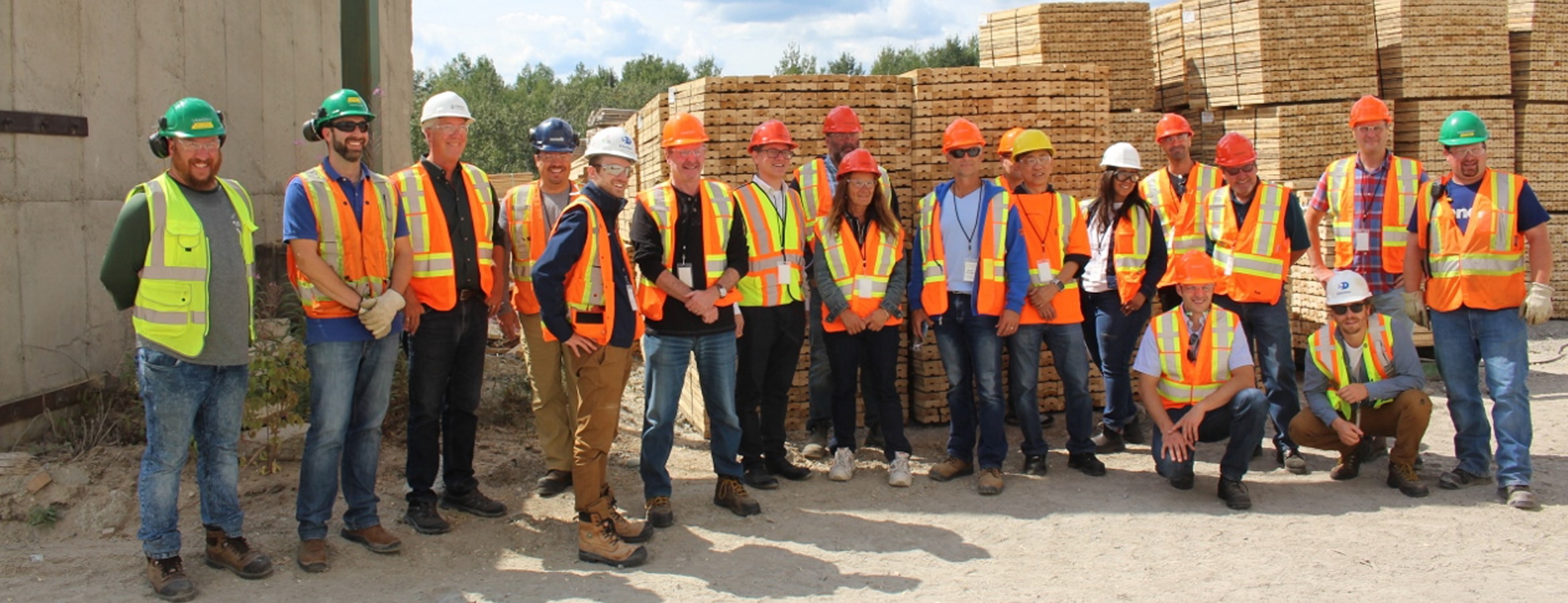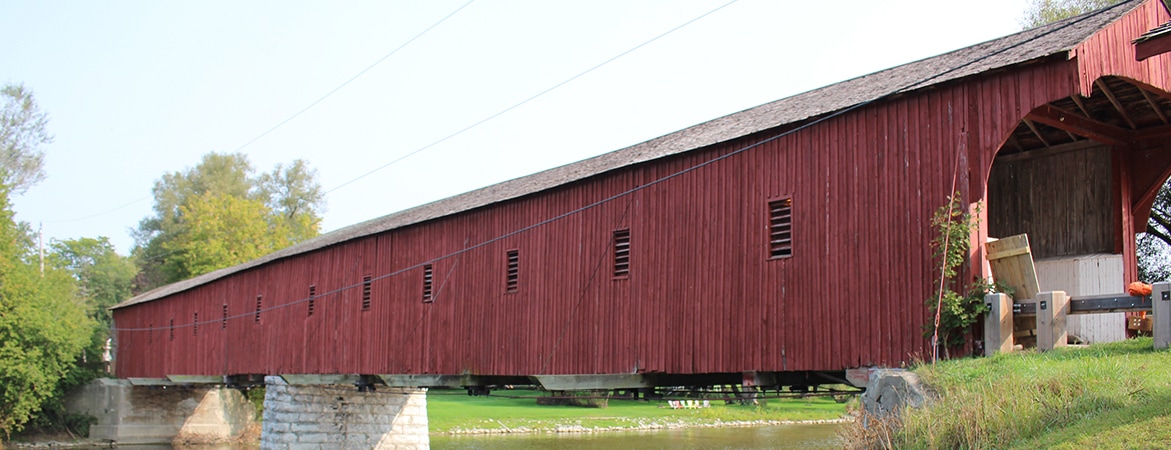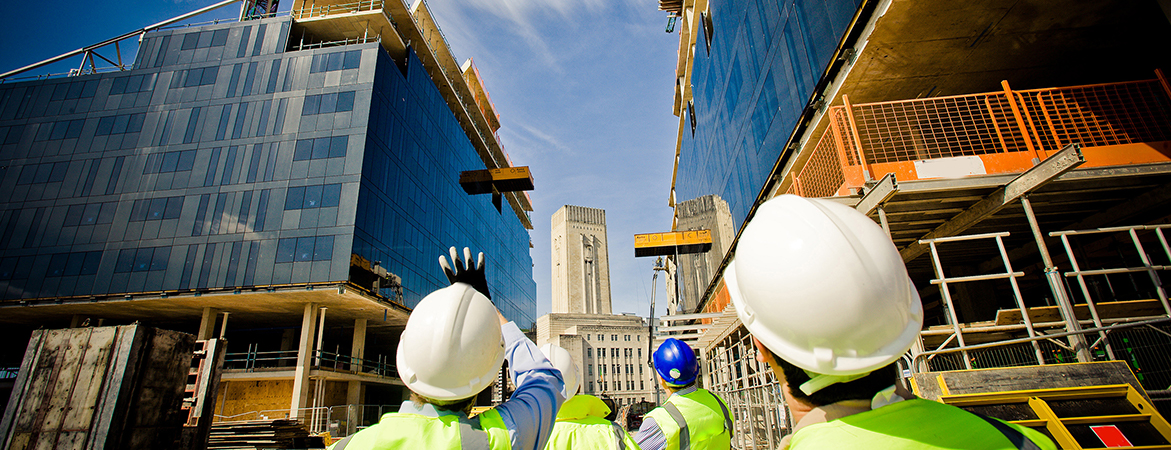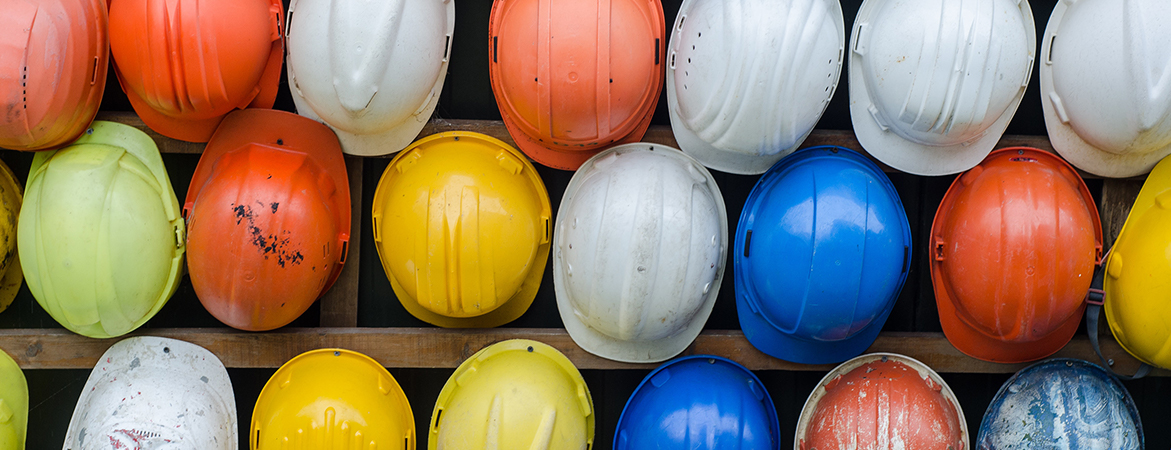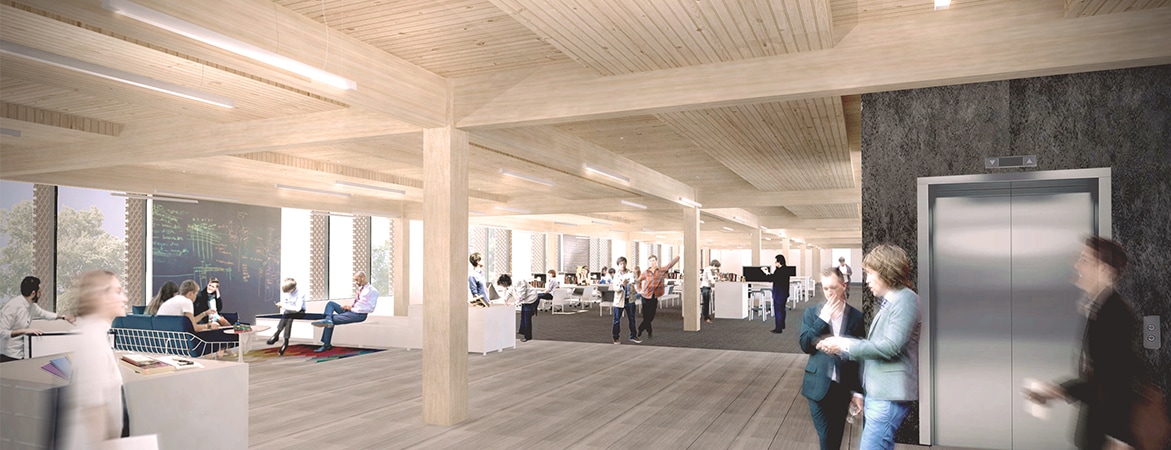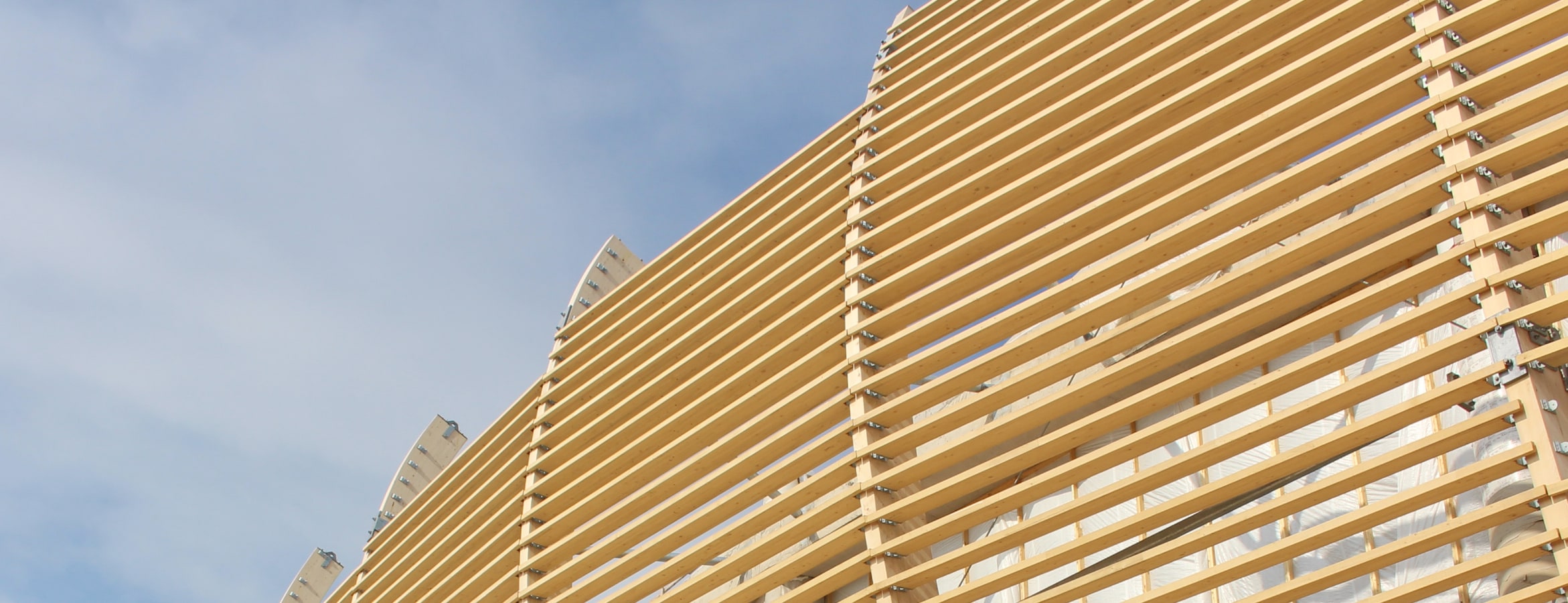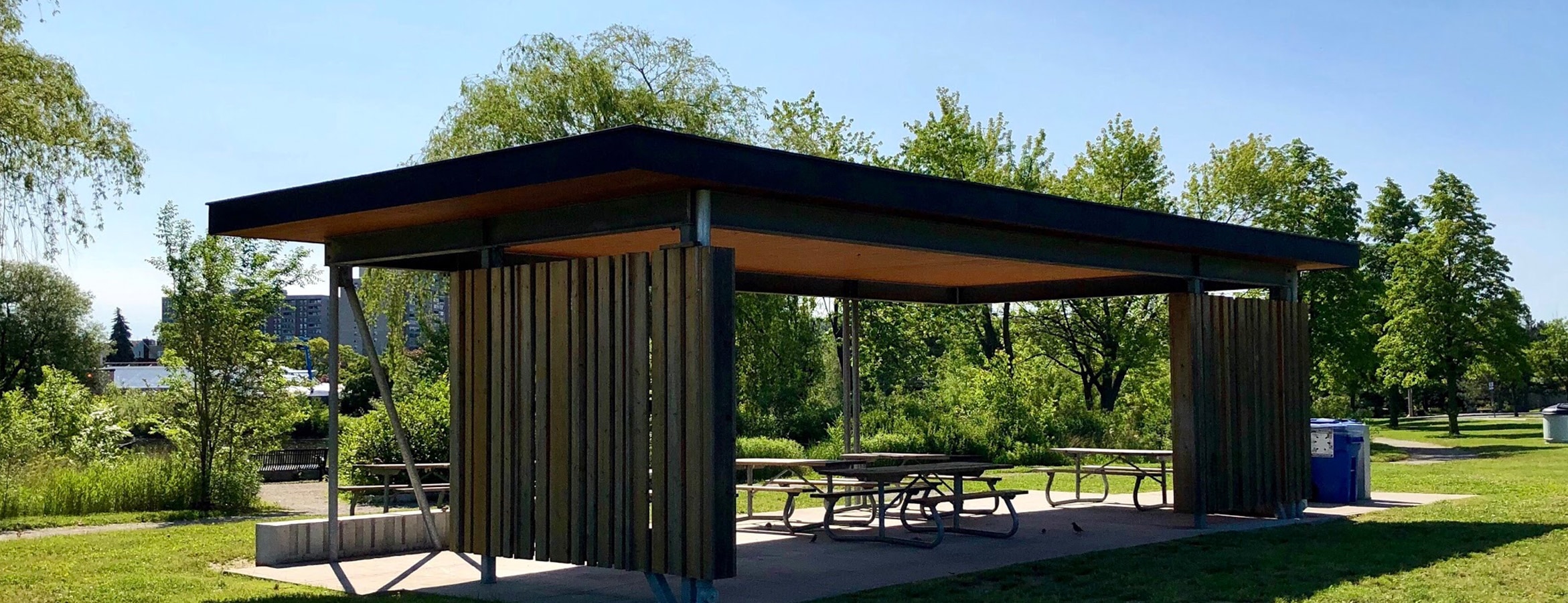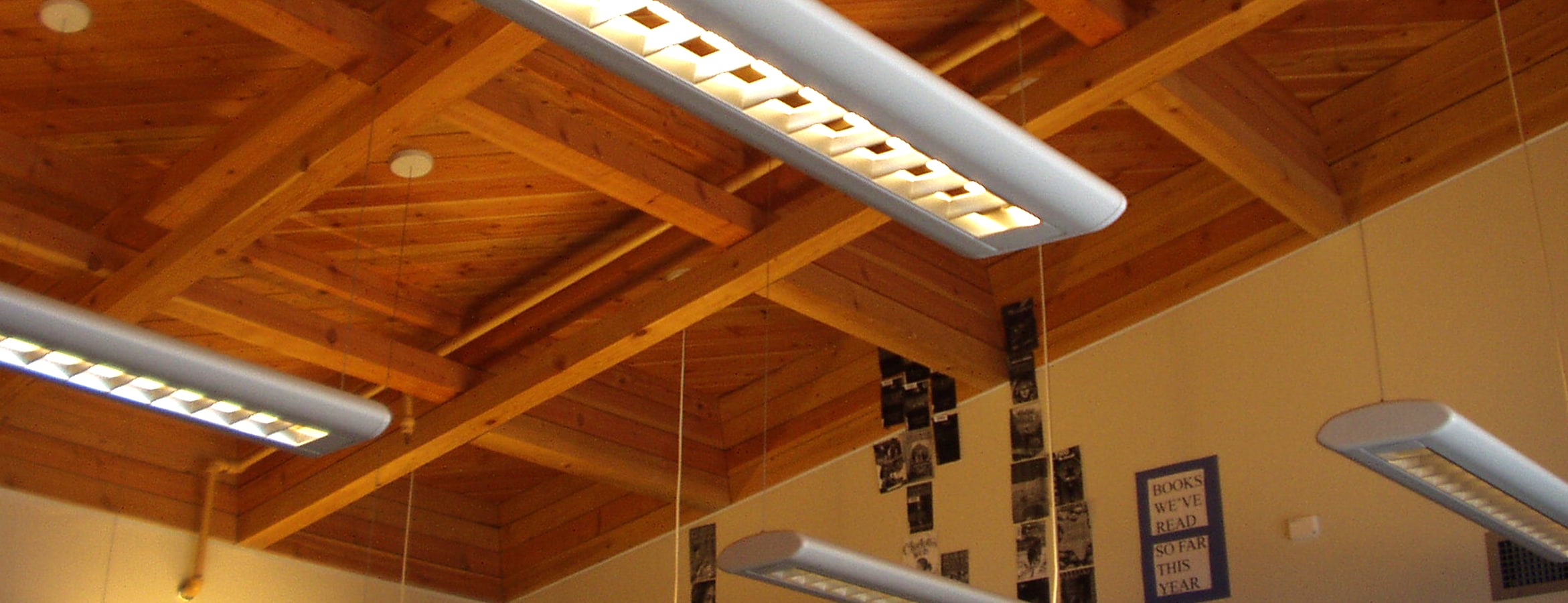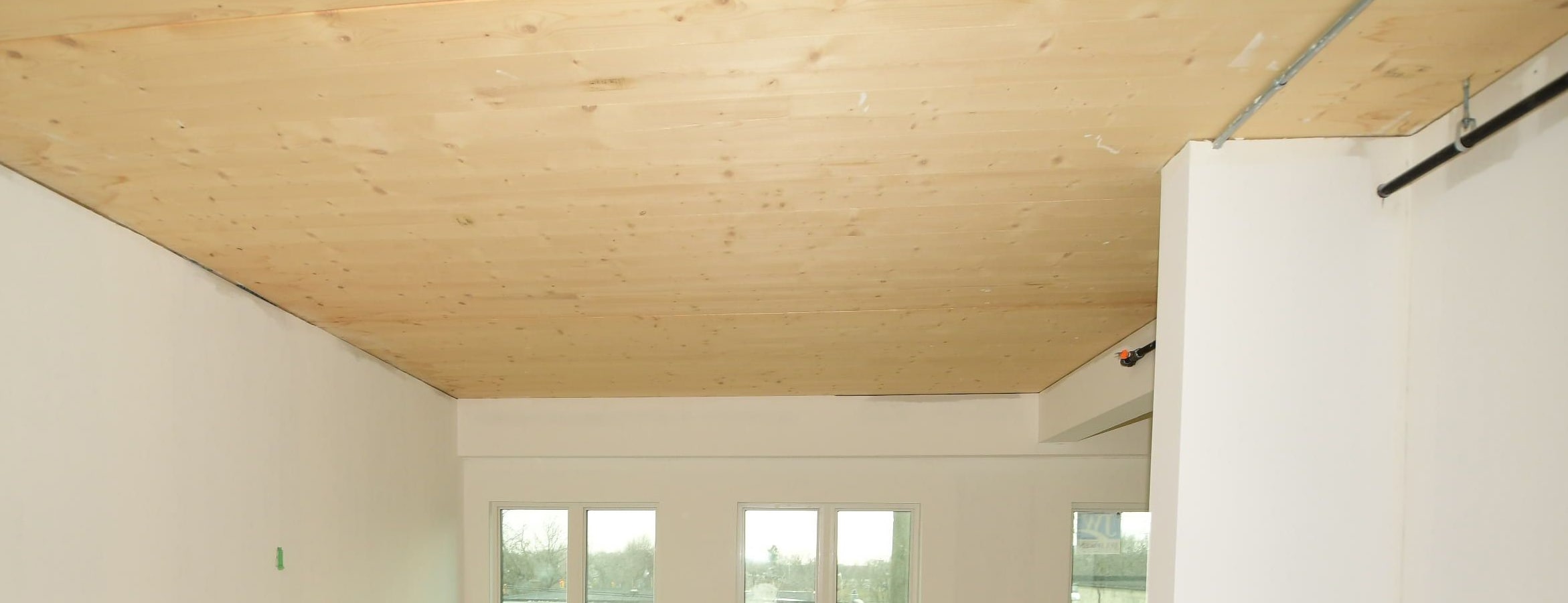The rapid increase in the number of mass timber buildings worldwide comes with many considerations including the performance of tall wood buildings during natural disasters. It is impossible to prevent natural disasters such as earthquakes so we must account for them in design. Wood as a building material is not a new concept. Light framed wood buildings have historically performed well in high seismic zones.
Mass timber buildings have many benefits when it comes to seismic performance such as:
- Wood is a significantly lighter building material than concrete. It is approximately 5 times lighter. Earthquake forces are proportional to mass and therefore a wood-frame building will have less inertial force during seismic activity.
- Mass timber buildings have many steel connections and make use of the high ductility of steel. Timber-steel connections are typically relied on to act as fuses and provide energy dissipation capabilities to a building system while protecting the timber elements.
- Damage is inevitable when it comes to high magnitude earthquakes. Wood systems allow for repairs to be made after damage occurs. Unlike concrete with rebar embedded in it, it is possible to only repair the connections in timber buildings without having to replace entire members.
- Large mass timber elements have high strength and stiffness beneficial for heavy bracing and seismic performance.
- Multiple typical seismic force-resisting systems such as shear walls and braced frames can be used in mass timber construction.
Continued development and refinement of guidelines for the seismic design of mass timber buildings is increasing opportunities to use wood for mid- and high-rise buildings. Mass timber is a viable option for seismic performance in tall buildings. Consider tall wood today, no matter what seismic region you are located in.
Do you have an idea for a Tall-Wood.com article? Let us know.
